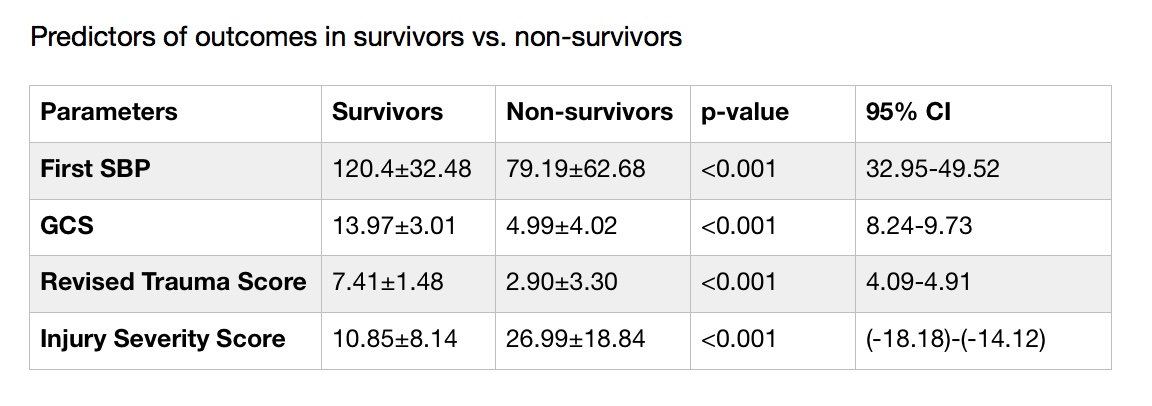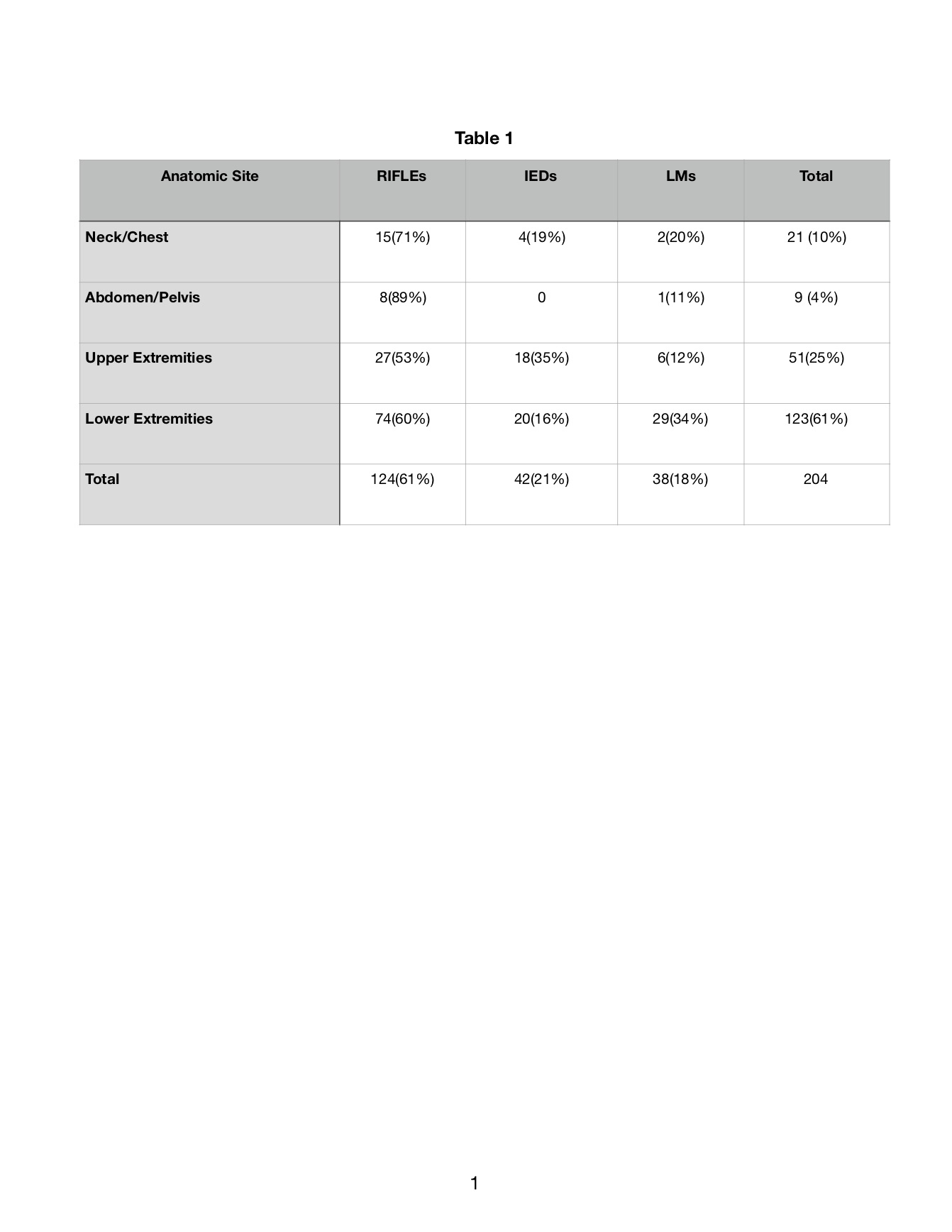A. Tanious1, C. Jokisch2, H. McMullin2, L. T. Boitano1, P. A. Armstrong2, M. Harrington3, M. F. Conrad1, M. L. Shames2 1Massachusetts General Hospital,Vascular Surgery,Boston, MA, USA 2University Of South Florida College Of Medicine,Vascular Surgery,Tampa, FL, USA 3University Of South Florida College Of Medicine,Plastic Surgery,Tampa, FL, USA
Introduction:
Our goal was to understand if a correlation exists between participation in varsity level sports and positive experiences during one’s surgical clerkship or surgical residency.
Methods:
Surveys were sent to the program directors of all surgical residencies, all surgical residents, as well as all third and fourth year medicals students at our institution. Data collected included level of training, participation in varsity sports, and the last level of competitive sports played. Likert scales where used to assess the level of enjoyment of surgical education, teaching style (i.e. Socratic method), and surgical training.
Results:
Seventy-eight of our surgical residents (48%), and 87 of our medical students participated in the study (26%). Sixty-three percent of medical student responders and 82% of surgical resident responders participated in varsity level sports. Significant correlations were found between participation in varsity level sports and enjoyment of teaching style during surgical residency (P = .04). Individuals with higher levels of sports involvement (high school and collegiate level involvement) had significantly increased positive interactions with other trainees as well as level as significantly increased feelings of preparedness for surgical residency (P = .01 and P = .04 respectively). Six of 10 program directors responded and showed no preference towards students who participated in varsity sports.
Conclusions:
The opinions of trainees suggest that participation in varsity sports may aid in preparing one for surgical training. It may also improve interactions amongst trainees during residency. While program directors do not consider this an essential characteristic, it may help discern which applicants are better suited for the hardships faced by surgical training and its associated teaching methods.








